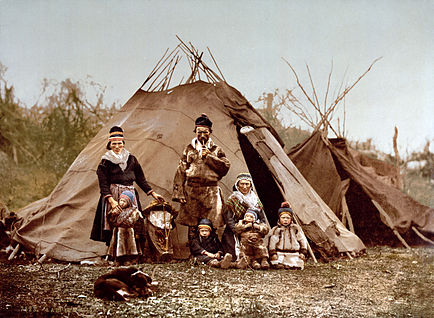5.3: Focal Vocabularies
- Page ID
- 5593
\( \newcommand{\vecs}[1]{\overset { \scriptstyle \rightharpoonup} {\mathbf{#1}} } \) \( \newcommand{\vecd}[1]{\overset{-\!-\!\rightharpoonup}{\vphantom{a}\smash {#1}}} \)\(\newcommand{\id}{\mathrm{id}}\) \( \newcommand{\Span}{\mathrm{span}}\) \( \newcommand{\kernel}{\mathrm{null}\,}\) \( \newcommand{\range}{\mathrm{range}\,}\) \( \newcommand{\RealPart}{\mathrm{Re}}\) \( \newcommand{\ImaginaryPart}{\mathrm{Im}}\) \( \newcommand{\Argument}{\mathrm{Arg}}\) \( \newcommand{\norm}[1]{\| #1 \|}\) \( \newcommand{\inner}[2]{\langle #1, #2 \rangle}\) \( \newcommand{\Span}{\mathrm{span}}\) \(\newcommand{\id}{\mathrm{id}}\) \( \newcommand{\Span}{\mathrm{span}}\) \( \newcommand{\kernel}{\mathrm{null}\,}\) \( \newcommand{\range}{\mathrm{range}\,}\) \( \newcommand{\RealPart}{\mathrm{Re}}\) \( \newcommand{\ImaginaryPart}{\mathrm{Im}}\) \( \newcommand{\Argument}{\mathrm{Arg}}\) \( \newcommand{\norm}[1]{\| #1 \|}\) \( \newcommand{\inner}[2]{\langle #1, #2 \rangle}\) \( \newcommand{\Span}{\mathrm{span}}\)\(\newcommand{\AA}{\unicode[.8,0]{x212B}}\)

| Biltu | Shy and wild, usually refers to females |
| Doalli | Apt to resist |
| Goaisu | Male reindeer who keeps apart all summer and is very fat when autumn comes |
| Já?as | Obstinate, difficult to lead |
| Láiddas | Easy to lead by a rope or rein |
| Lojat | Very tractable driving-reindeer |
| Lojáš | Very tame female reindeer |
| Láiddot | Reindeer which is very láiddas |
| Moggaraš | Female reindeer who slips the lasso over head in order to avoid being caught |
| Njirru | Female reindeer which is very unmanageable and difficult to hold when tied |
| Ravdaboazu | Reindeer which keeps itself to the edge of the herd |
| Sarat | Smallish male reindeer which chases a female out of the herd in order to mate with it |
| Šlohtur | Reindeer which hardly lifts its feet |
| Stoalut | Reindeer which is no longer afraid of the dog |
| Čahki | Hard lump of snow; hard snowball |
| Geardni | Thin crust of snow |
| Gska-geardi | Layer of crust |
| Gaska-skárta | Hard layer of crust |
| Goahpálat | The kind of snowstorm in which the snow falls thickly and sticks to things |
| Guoldu | A cloud of snow which blows up from the ground when there is a hard frost without very much wind |
| Luotkku | Loose snow |
| Moarri | Brittle crust of snow; thin crust of ice |
| Njáhcu | Thaw |
| Ruokna | Thin hard crust of ice on snow |
| Seanaš | Granular snow at the bottom of the layer of snow |
| Skárta | Thin layer of snow frozen on to the ground |
| Skáva | Very thin layer of frozen snow |
| Skávvi | Crust of ice on snow, formed in the evening after the sun has thawed the top of the snow during the day |
| Soavli | Very wet, slushy snow, snow-slush |
| Skoavdi | Empty space between snow and the ground |
| Vahca | Loose snow, especially new snow on the top of a layer of older snow or on a road with snow on it |


